On April 19, 2024, Hesai officially released the ultra-wide-angle long-range lidar ATX based on the fourth-generation chip architecture.
ATX is a platform product that follows the mature AT platform that has been mass-produced for hundreds of thousands of units, and is equipped with the fourth-generation chip architecture. It comprehensively upgrades the optical-mechanical design and laser transceiver module, achieving the perfect combination of compact size and powerful performance. . ATX is not only 60% smaller in size and 50% lighter than AT128, but also achieves longer detection distance, better optimal resolution, and wider field of view, giving smart cars powerful three-dimensional perception.
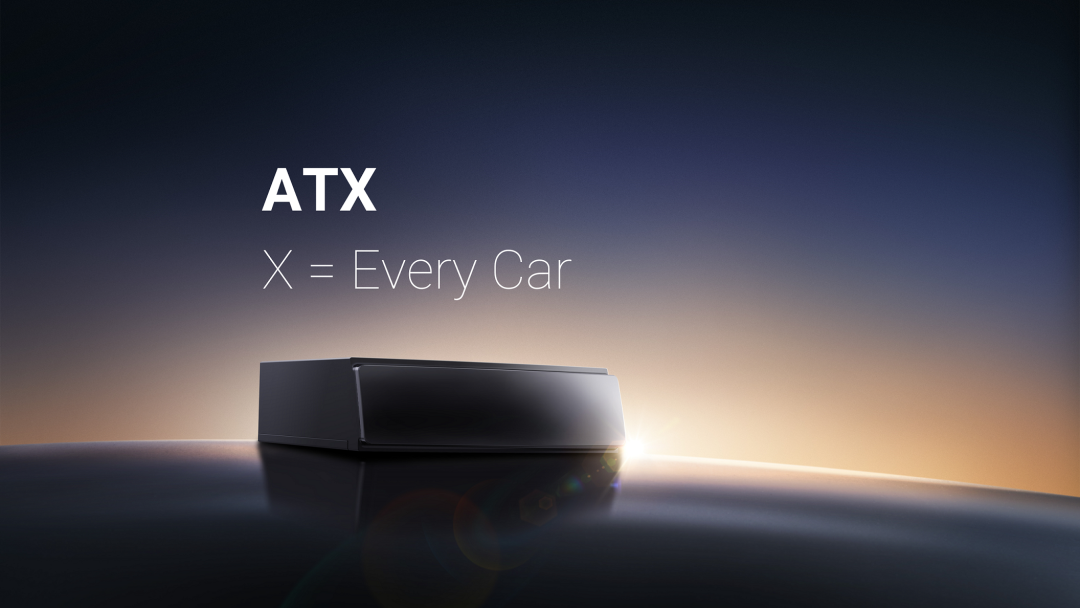
With lidar as the "invisible airbag" of smart cars ushering in large-scale applications, the ADAS front-mounted mass production market not only puts forward higher requirements for lidar in terms of performance, but also looks forward to a smaller and more flexible model. products, promoting the penetration of lidar into more models and becoming a safety standard for all smart cars.
As the world's leading lidar company, Hesai Technology has a deep understanding of market needs. After nearly ten years of intensive research and polishing of core technologies, Hesai Technology today launched the innovative ATX. X stands for Every Car and also represents endless possibilities. ATX will surely become a benchmark in promoting lidar from a million-level market to a tens-of-million-level market.
An instant hit on the market Received many designated points
With its advantages of small size, long range, and ultra-wide angle, ATX has obtained multiple mass production appointments from leading domestic car companies, leading new energy car companies, leading new forces, mainstream European and American joint venture car companies and other OEMs. It is expected that Mass production will begin in Q1 of 2025.
In the future, as models equipped with ATX are introduced to the market, consumers will be able to experience a safer and smarter driving experience.
Seeing the big from the small
ATX follows the mature architecture of the Hesai AT series "chip-based transceiver + one-dimensional scanning", and achieves an extremely compact design by further improving the integration of the transceiver module and greatly simplifying the core optical scanning structure.
Compared with the AT128, the ATX machine is 60% smaller in size and half in weight to 500 g. The minimum exposed window height is only 25 mm. It is more invisible and more beautiful when integrated into the vehicle. At the same time, the power consumption of the whole machine is reduced by 55% to Only 8W.
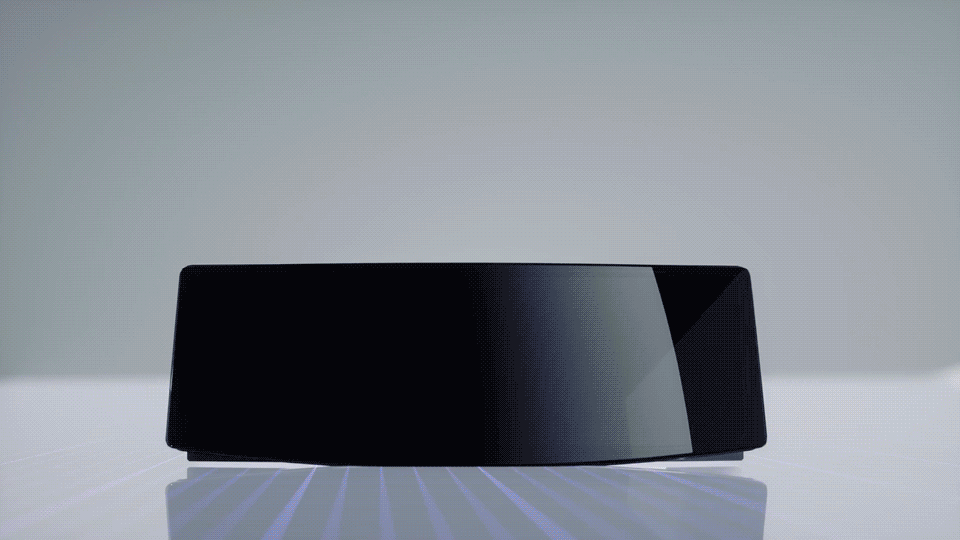
ATX and AT128 size comparison
The exquisite structural design not only optimizes the material cost, but also greatly simplifies the calibration, final assembly and other aspects of production, taking another big step forward on the road to more efficient large-scale production.
Thanks to its extremely compact size and ultra-low power consumption, ATX can be flexibly embedded in different locations on the car body, including the roof, behind the front windshield, inside the headlights, etc., unlocking new possibilities for lidar installation methods for car manufacturers. How possible.
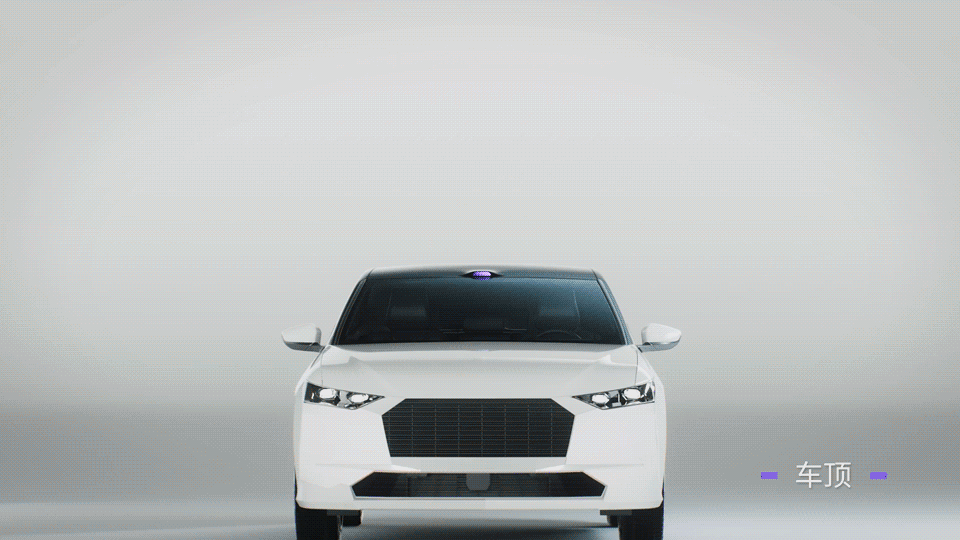
Comprehensive upgrade of core performance Further, wider, higher definition
While achieving a smaller size, ATX has comprehensively upgraded its core performance.
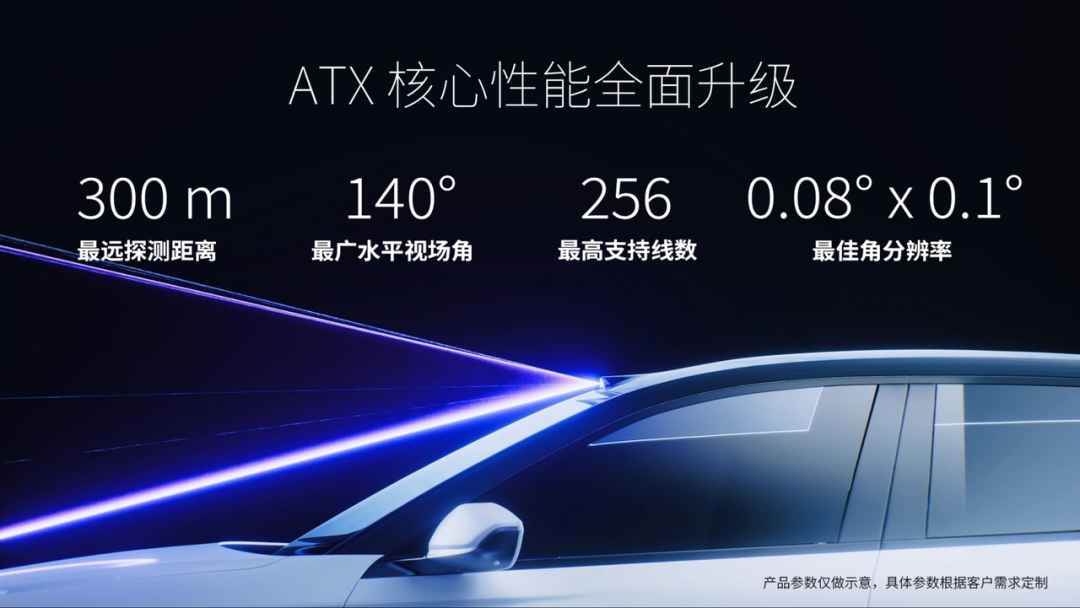
The maximum detection distance of ATX reaches 300 meters, which is 50% higher than AT128. It can support up to 256 lines, and the best angular resolution reaches 0.08° x 0.1°, which is more than 2 times that of AT128. The ultra-long detection range, combined with the higher optimal resolution, allows smart cars to sense vehicles, pedestrians, etc. in advance at longer distances when driving at high speeds, respond in time to avoid danger, and at the same time generate information for the vehicle. The farther high-precision three-dimensional road model allows the algorithm to make earlier decisions and plans.
ATX real point cloud: 300m maximum detection distance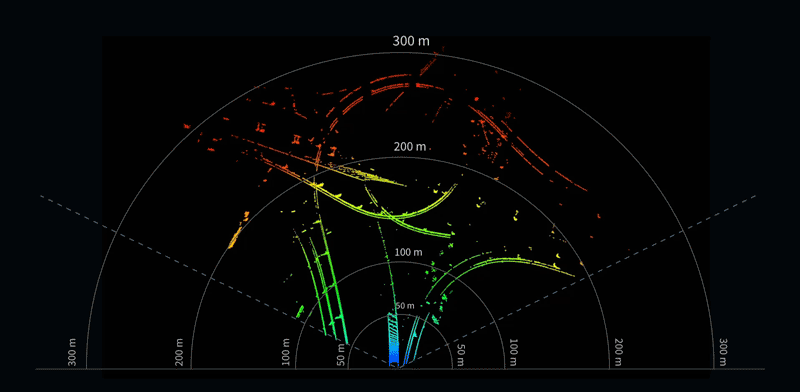
140° super wide horizontal field of view. Compared with the 120° horizontal field of view of similar products on the market, ATX’s horizontal field of view reaches 140°, setting a new upper limit for the horizontal field of view of high-performance long-range lidar. A wider field of view can give smart cars a wider forward field of view, and can promptly perceive complex road conditions such as emergency vehicles, pedestrians or non-motorized vehicles crossing on both sides, thereby effectively improving the safety of assisted driving in urban areas.
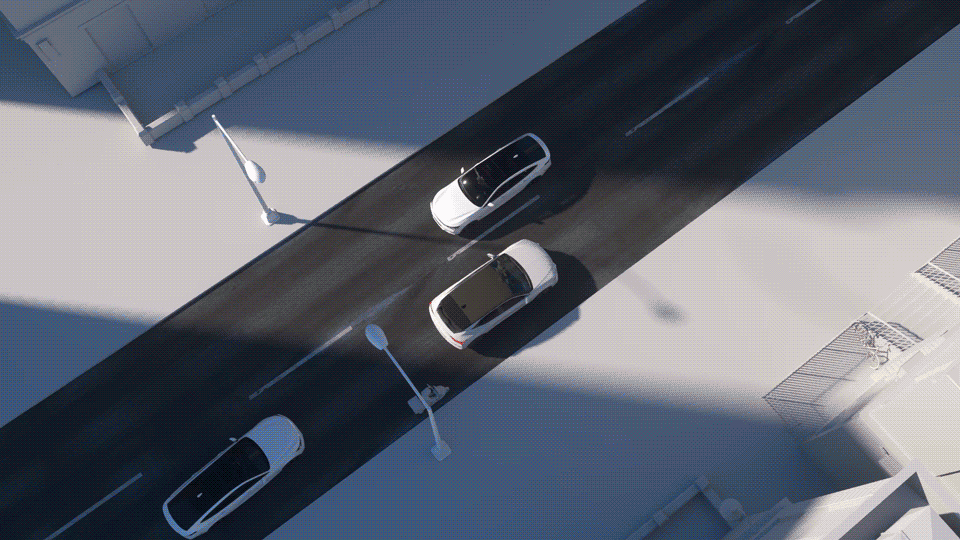
The world's first intelligent point cloud analysis engine IPE Filters out 99.9% of noise in rain and fog environments
ATX is equipped with the world's first intelligent point cloud analysis engine (Intelligent Point Cloud Engine, IPE) independently developed by Hesai. The IPE integrates a 256-core waveform processing core and achieves full waveform analysis through a high sampling rate of 24.6 billion times per second. The precise capture, combined with the unique full-waveform intelligent recognition technology, can intelligently identify rain, fog, front vehicle exhaust, dust, etc., and perform "pixel-level" marking in point clouds in real time, filtering out more than 99.9% of environmental noise, allowing intelligent The car perceives a clearer view. ATX's intelligent noise filtering function can not only effectively reduce system misrecognition and false triggering, but also significantly reduce the interference of rain and fog weather on lidar, providing all-weather safety perception for smart cars.
ATX real point cloud (blue: normal point cloud data; red: noise data)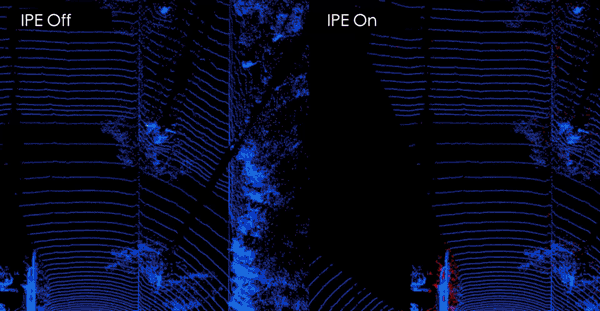
7x optical zoom Support multi-mode switching
In order to meet the different requirements for lidar performance of smart cars in different usage scenarios, Hesai uses a flexible optical architecture design to enable ATX to have a 7x optical zoom function and enable real-time multi-mode switching.
When driving in urban areas, ATX can achieve a 140° ultra-wide field of view to adapt to complex road conditions in urban areas, monitor the road conditions on both sides of the car to the greatest extent, and avoid dangers at any time.
When driving at high speed, turning on the 7x optical zoom can achieve super telemetry capabilities up to 500 meters and 7x high-definition perception. This mode can further improve the smart car's accurate perception of the road conditions far ahead and ensure that the vehicle is in the super distance. Safety at high speeds.
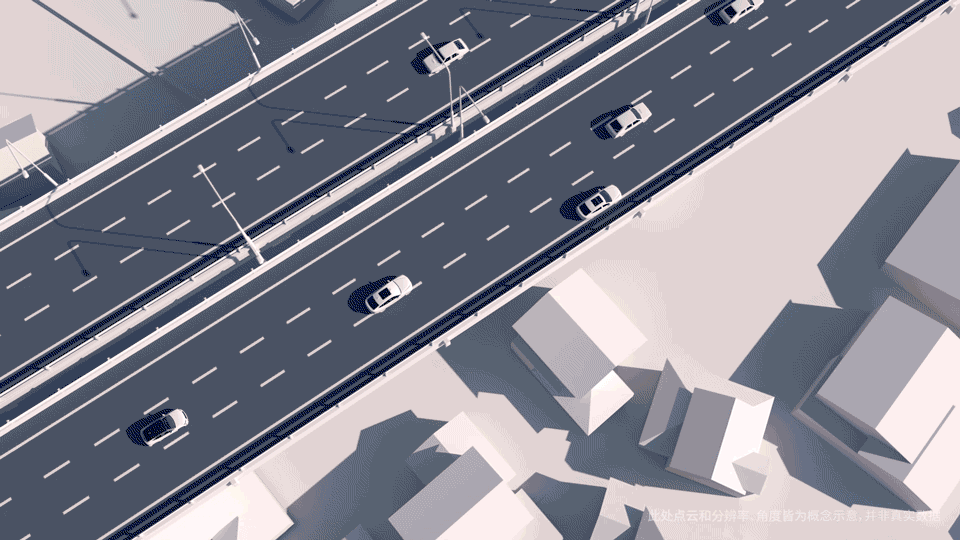
Fourth generation self-developed chip architecture Powerful beyond imagination
The lidar-specific chip architecture platform created by Hesai uses integrated technology to optimize each lidar module and link to the extreme, achieving better signal quality, more efficient data processing speed, and higher product reliability.
Since 2017, Hesai has been at the forefront of lidar-specific chip research and development. With the advancement of research and development technology, it has continued to iterate the platform in a rhythmic manner. Now it has successfully launched 4 generations of chip architectures. Each generation is based on the success of previous generations. On the basis of this, we adopt better architectural design, more advanced devices and manufacturing processes, more reliable materials, and smarter software algorithms to continuously improve the overall performance of the product level.
At present, the first to third generation chips have been successfully mass-produced and have been verified by large-scale mass production in the market. This year, the fourth-generation chip architecture was launched, and ATX was developed based on this.
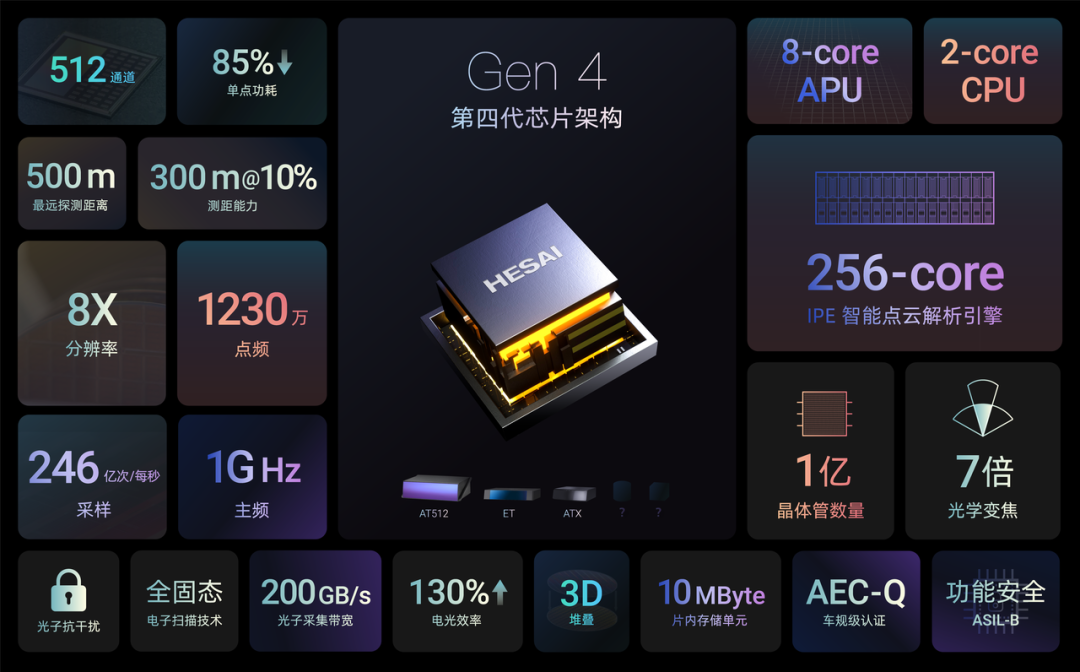
Hesai’s fourth-generation chip architecture adopts 3D stacking technology and can integrate 512 channels on a single board. Embedded inside is a 256-core Intelligent Point Cloud Parsing Engine (IPE) and an 8-core APU, achieving 24.6 billion samples per second. Advanced devices and waveform processing capabilities achieve a 130% increase in detector sensitivity and an 85% reduction in single-point ranging power consumption. Based on this technology platform, it can not only achieve ultra-high product performance parameters, but also support intelligent functions such as all-solid-state two-dimensional electronic scanning, photon anti-interference, and intelligent optical zoom.
Two forms of Moore's Law: Ultimate performance and ultimate cost
Hesai is the first company in the industry to propose the concept of putting lidar on the track of "Moore's Law". On the one hand, Hesai has cooperated with the world's top OEMs and autonomous driving companies for many years, transforming its deep technological accumulation in the field of lidar into leading product performance; on the other hand, Hesai continues to make breakthroughs in independently developed vertical integration technology and simplify its structure. , reduce costs, improve manufacturing efficiency, and promote lidar to a larger market.
Compared with a typical 32-line lidar more than 10 years ago, the AT512 released by Hesai in 2024 has a line count that has increased to 16 times, a point cloud density that has increased to 80 times, and a price that is less than 1/100 of what it was at that time.
With the launch of the ATX new generation lidar platform products, Hesai proposed to the industry for the first time two manifestations of Moore's Law in the lidar industry: ultimate performance and ultimate cost. Also based on the advanced fourth-generation self-developed chip architecture, Hesai has launched the ultra-high-performance AT512, targeting L3 autonomous driving applications. It not only brings a full sense of security, but also makes smart driving more comfortable and smoother; it also launched The compact ATX with extremely competitive price is designed for L2+ smart driving applications, making safety a standard feature of more smart models.
Based on the needs of different OEM customers overseas and domestically, these two latest products will help further open up the lidar front-end mass production market and accelerate the implementation of advanced assisted driving functions.
The original article was originally published on WeChat public account (Hesai Technology): Hesai releases the fourth-generation chip architecture ultra-wide-angle long-range lidar ATX
Welcome to join us.Aibang lidar industry communicationThere are currently 2,700 people, including relevant persons in charge from major lidar manufacturers and OEMs. Click on the tags below to filter
Lidar OEM Autonomous Driving application terminal laser VCSEL light detector sensor Optical element Optical module filter Galvanometer Optical components radome cover adhesive Electronic component semiconductor chip tier1 Parts Non-standard automation Hardware circuit board motor Coating Coating equipment Plastic Products vehicle electronics Surface treatment auto parts equipment Testing Equipment Connector plastic Material software trading acting College graduate School other
Download:
